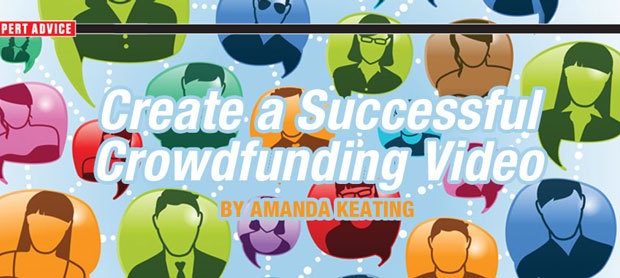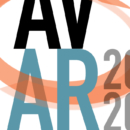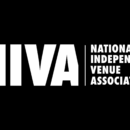There are many schools of thought when it comes to running a crowdfunding campaign for a music project, but there’s one key directive all fundraising experts can agree upon: Make a video.
According to Kickstarter, 50% of campaigns with videos are successful, while those without have only a 30% success rate. There’s no denying that it takes some additional time and effort to make a video, but it doesn’t have to be high tech (read: expensive) or complex (read: time consuming) to be effective.
To make the most out of your fundraising campaign, I encourage you to consider these tips for creating a successful crowdfunding video:
1. Keep it personal. This is your project and your passion, and it’s important that you share that passion with the contributors who visit your campaign. So what does this mean for the video? You should be in it. This may feel intimidating, but turning the camera on yourself helps your donor see the person behind the music project, and can motivate them to give.
2. Get to the point. Let’s face it: in the age of Facebook, Buzzfeed and YouTube, our attention spans aren’t what they used to be, so the first 20-30 seconds of your video are crucial. Make sure you hook your donors in that first half-minute, or before you know it they’ve up and moved onto the next adorable cat video in their queue. Right off the bat, let your donors know straightaway why they’re there, why they’re watching your campaign video and why you need their support.
3. Make it professional. Like I said, your video does not need to be high tech or complex, requiring expensive equipment, shoot on location or spend days editing. Heck, it can all be shot in one take on an iPhone camera in your living room if you want. But no matter how you execute your video, show your donors that you care about production value. Make sure they can see you and hear your music, because the last thing you want is for your message to be muddled by bad lighting, a bunch of background noise or a shaky camera.
4. Showcase the work. If you can, include some video and, of course, your music. It can be footage from rehearsal, recordings from the studio (or your iPhone!), or even just images from your last jam session—anything to give your donors a glimpse of the work you’re planning to make and who you’re planning to make it with. Of course, this involves a little editing on the other side, but it can make a big difference and help give your donors both a sense of what you’re creating, and faith that you’ll be able to create it.
5. Keep it short/keep it simple. Think of your campaign video like a first impression—get to the point, then let it be short and sweet. You want to give your donors a sense of who you are and how they can join you in the music you’re making, but you don’t need to tell them everything right up front. Keep them curious to find out more: with their gift, the work becomes possible and you’ll share it with them.
6. Have fun. If you have a good time making the video, your donors will have a good time watching it. Sharing your work is important, and I’m not saying you shouldn’t take it seriously. But take the pressure off yourself to make the perfect video and enjoy the process. Your donors will enjoy themselves as they learn more about your music, and hopefully will want to join in on the fun.
At the end of the day, there’s really no right or wrong way to make a campaign video. The most important thing is that you have one. Remember that crowdfunding celebrates the individual, the DIY, the passion project, so you don’t need to spend days preparing, crafting and executing the perfect video. Take some time to plan it out and make sure that whatever production choices you make will support your message—because that’s the whole point, right?
You want to share your message with the crowd and encourage them to join in the process. And remember, people give to people. Your voice matters and so do your donors’. Just talk to them, let them know what you’re doing and why, and how they can help.
By Amanda Keating
AMANDA KEATING is a program associate at Fractured Atlas, an organization that provides musicians and artists with the technology and tools to raise money, grow their audiences, find space to make and share their art, insure themselves and their work, and more. A playwright, songwriter and performer, she frequently works with artists on their fundraising campaigns, and has run her own successful Indiegogo campaign to support the creation and production of her play with music, ROAST. See fracturedatlas.org.










